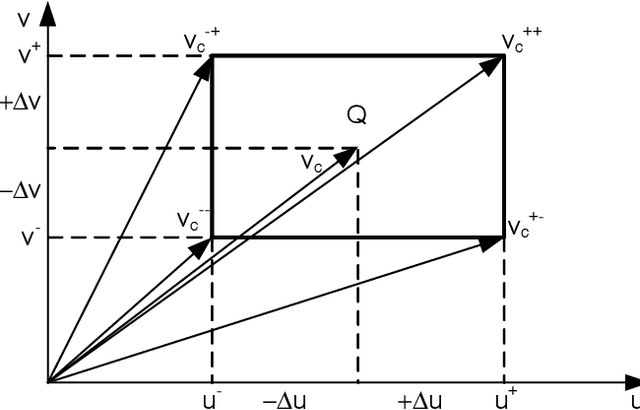Opportunities to Parallelize Path Planning Algorithms for Autonomous Underwater Vehicles
Paper and Code
Feb 26, 2017



This paper discusses opportunities to parallelize graph based path planning algorithms in a time varying environment. Parallel architectures have become commonplace, requiring algorithm to be parallelized for efficient execution. An additional focal point of this paper is the inclusion of inaccuracies in path planning as a result of forecast error variance, accuracy of calculation in the cost functions and a different observed vehicle speed in the real mission than planned. In this context, robust path planning algorithms will be described. These algorithms are equally applicable to land based, aerial, or underwater mobile autonomous systems. The results presented here provide the basis for a future Research project in which the parallelized algorithms will be evaluated on multi and many core systems such as the dual core ARM Panda board and the 48 core Single-chip Cloud Computer (SCC). Modern multi and many core processors support a wide range of performance vs. energy tradeoffs that can be exploited in energyconstrained environments such as battery operated autonomous underwater vehicles. For this evaluation, the boards will be deployed within the Slocum glider, a commercially available, buoyancy driven autonomous underwater vehicle (AUV).
 Add to Chrome
Add to Chrome Add to Firefox
Add to Firefox Add to Edge
Add to Edge